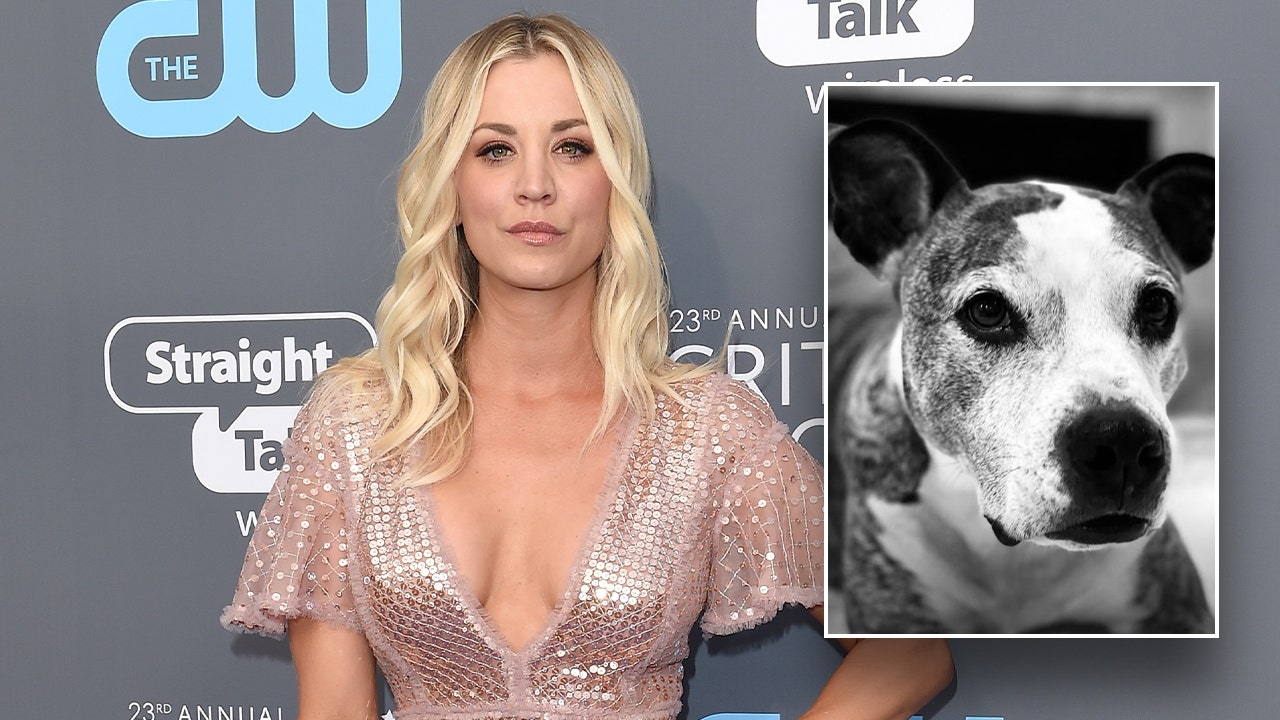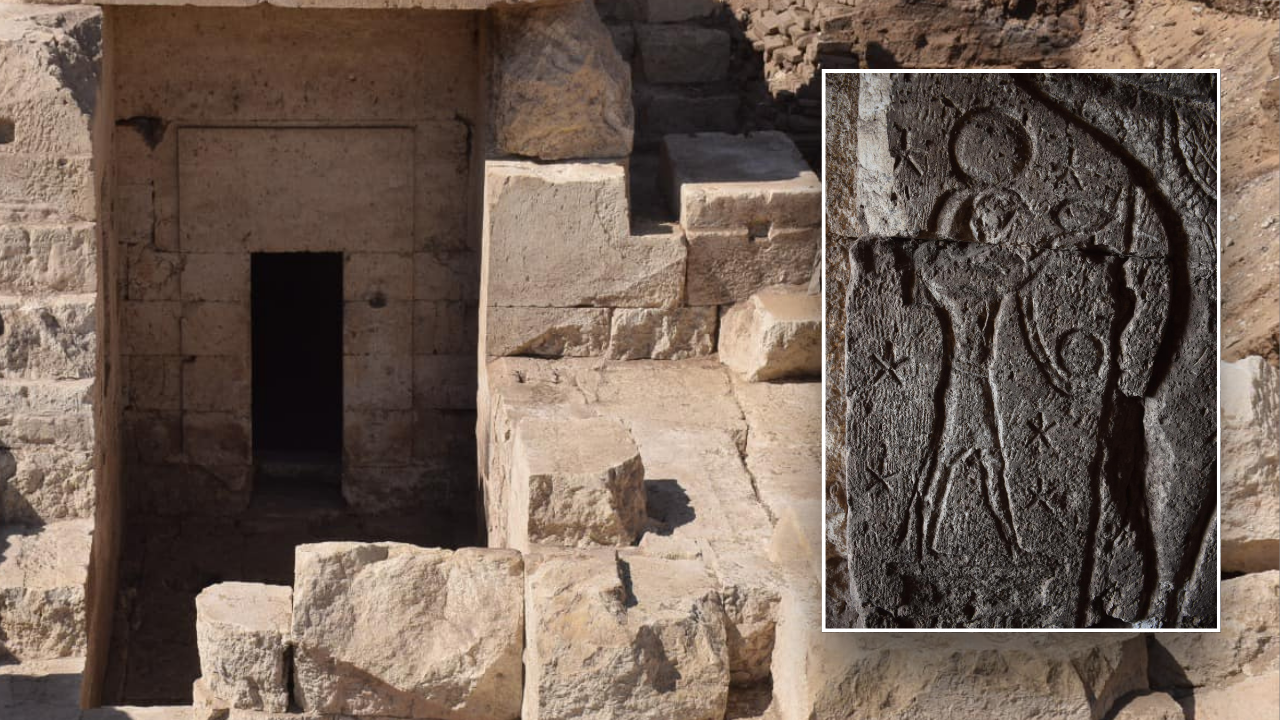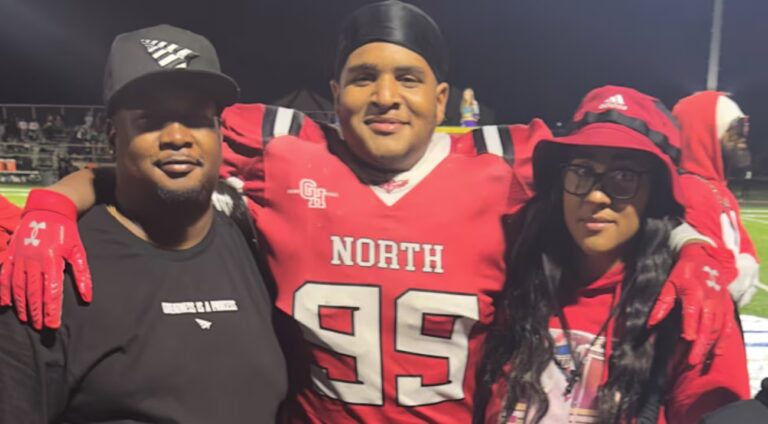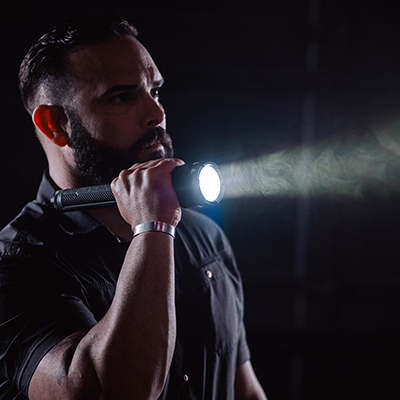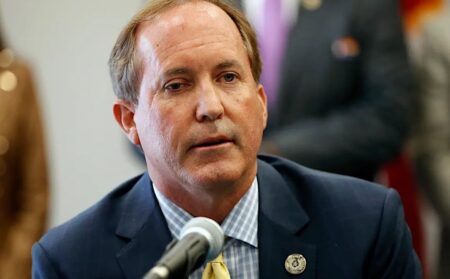In a shocking turn of events, Fort Wayne, Indiana, police have determined that a high school football player, initially reported as a tragic victim and the lone person to die from a mass shooting at a weekend Halloween party, was in fact the aggressor who entered the party and began shooting. Willie Ivy III, 17, opened fire after forcing his way into the crowded party, injuring nine people ranging in ages from 14 to 20 before an armed partygoer returned fire, killing him in what authorities have determined was an act of justifiable self-defense. Interestingly, despite the intense initial coverage surrounding Ivy’s death portraying him as a loving, ambitious member of his school football team and another tragic case of an innocent black youth caught up in gun violence, when it was learned he was the one who opened fire first, media attention of the case went comparatively dark.
Follow-up articles merely mentioned he was the shooter and noted that police weren’t going to charge the man who shot him. Was it a case of the narrative no longer fit what the media wanted to sell or had the news cycle merely gone cold on the topic? It’s hard to say. But after all the positive coverage of the young “victim,” once the truth was discovered, an examination of what caused this otherwise seemingly good kid to carry a gun into a party and begin gunning down innocent victims begs for some follow-up from the local media.
The incident began this past Saturday night at a home in Fort Wayne, where dozens of teenagers had gathered for a Halloween party promoted on social media. With the party already out of control, the homeowner reportedly locked herself in her room, opting not to call the police. Partygoers were patted down for weapons at the front entrance, but Ivy and a group of friends bypassed the check by entering through the back door. When two attendees attempted to stop them from entering, Ivy allegedly pulled a handgun and began firing as he moved from the back door through the kitchen and into the living room, where more partygoers were gathered. He reportedly continued firing indiscriminately as he moved through the house.
“Shots were fired at random,” Captain Jeremy Webb of the Fort Wayne Police Department told local news, describing the “utter chaos” that greeted first responders.
“As Ivy continued shooting, one partygoer, also armed, returned fire, fatally striking Ivy and ending the attack,” Webb said. Evidence confirmed that Ivy’s weapon was responsible for all nine injuries.
In a statement, the Allen County Prosecutor’s Office confirmed that no charges would be filed against the partygoer who shot Ivy, citing Indiana’s clear self-defense laws.
“This was an undeniable act of self-defense in a life-threatening situation,” said Webb, highlighting that Ivy’s death prevented further bloodshed.
Initially, media coverage centered on Ivy’s death and his identity as a North Side High School football player, with statements from family members grieving his passing. Ivy’s father, who traveled from Memphis, reflected on a final phone conversation with his son, where they said “I love you” before he left for the party.
“He was supposed to make it—he was supposed to go to college, he was supposed to watch over his sisters,” Ivy’s father told 21 Alive News.
“There’s no doubt about him being a loved child and he showed that in his actions with his friends and his family,” Vickii Ivy, the shooter’s aunt, said. “He just had this spirit of love for everybody that was around him.” She noted that he “did not follow or go to trouble.”
It’s clear the kid was loved and had the opportunity to do something with his life, and no doubt it can only be one extreme level of pain to lose a child to violence and an entirely different level of pain to discover the child you loved and thought you knew, was the one who initiated the violence that led to his end. It must be particularly painful to learn he caused undue pain and suffering among so many others in his final moments.
But that is the real story in Fort Wayne. That is the story the media needs to be covering. But until today’s journalists, as well as leaders, are willing to discuss the painful truths behind the extreme violence in many of our communities, no amount of gun laws they might want to pass will solve a single problem. What made a young man from a loving family engage in such violence when he apparently had so much going for him? How did he get the gun at 17, and why did he carry it into a party? These are the questions that need to be answered. Where’s the media when the real questions need to be asked?
Read the full article here

